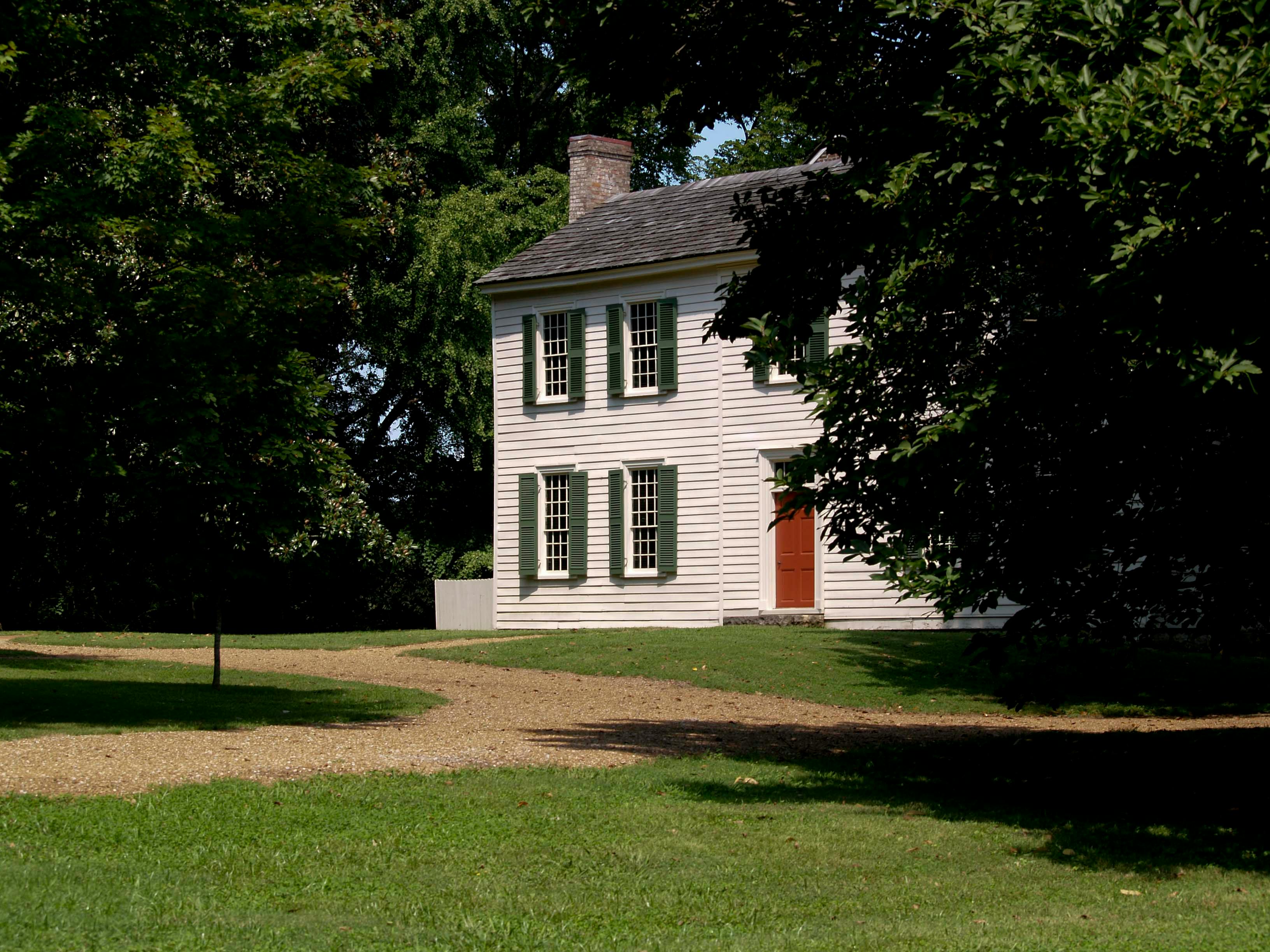Homeowners Insurance: Top 10 Factors Affecting Your Homeowners Insurance Rates
Buying home insurance is not easy. The process of buying homeowners insurance can be frustrating, complicated and confusing. Sometimes it’s difficult to compare rates accurately, as coverage is often not identical from one insurance company to another.
However, to help you understand the factors insurance companies use to determine your homeowners insurance rate, I’ve listed the top ten factors that affect your homeowners insurance rates.
1. Geography. The further your house is from a fire station, the higher your premium. So houses in cities, where fire stations are close by, will have lower rates than houses in rural areas.
2. Construction. Homes built with non-flammable materials, such as brick, stone and concrete, have lower rates than homes built with flammable materials such as wood.
3. Age. The age of a house probably has less effect on rates than any of the other factors. Some older houses are extremely well built, and some newer houses are built quite cheaply. More important is…
4. Value. When you calculate the value of your house, leave out the value of your land. Consider only the replacement cost of the home at today’s prices.
5. Occupation. A single family home will have lower costs than a duplex. But if you operate a business from your single-family home, your premium will go up.
6. Content. The insurance company generally calculates the value of your personal property as 50% of the value of the home. Therefore, if your personal property is worth more than that amount, you should increase your Contents policy limits.
7. Limits of liability. Homeowners insurance is a package policy with a built-in minimum limit of liability. I recommend that you increase your liability limits significantly above the minimum. Jury awards in liability claims can run into the millions of thousands of dollars. A minimum liability limit will leave you dangerously unprotected.
8. Additional living expense (ALE) limits. ALE is usually 20% of the Housing limit. Therefore, increase the ALE limit if you think it is too low for your needs. Usually it is.
9. Deductibles. The deductibles you choose will have a significant effect on your insurance rates. In general, the higher your deductible, the lower your rate. Always choose the highest deductible your budget allows. Then set aside a deductible in your savings account to ease the financial pressure of your deductible choice.
10. Claim History. If your home is free of prior insurance claims, you’ll get the best insurance rates. If you have had prior insurance claims, the insurance company will consider those claims when calculating your premium rate.
A change in any of these top ten factors can cause your homeowners insurance premium to change. Be sure to fully disclose the correct information about each of these factors to your agent. That way, you’ll be more sure of getting the lowest homeowners insurance rates you can.
If you’ve experienced an insured loss, whether it’s a car, business, fire, wind, flood, or other, you need to know winning insurance claim strategies. The insurance company will not tell you the claims process, but I will. I’ll show you how to take control of your insurance claim and add hundreds or even thousands of dollars to your claim settlement. For more information, visit the website listed below.
